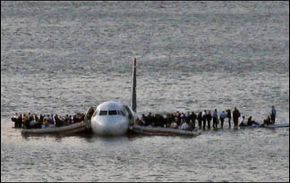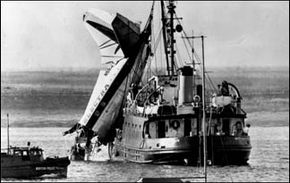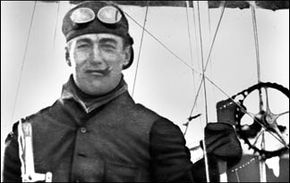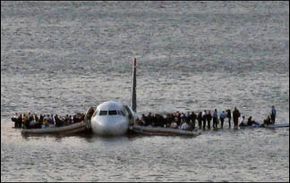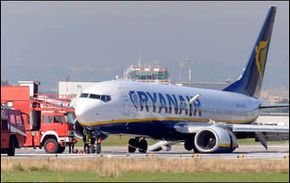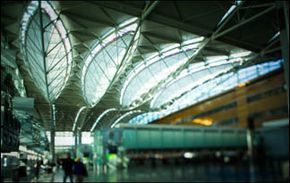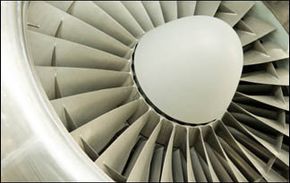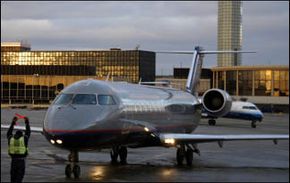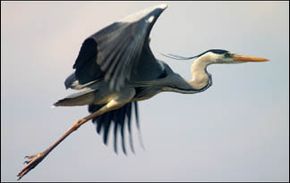It has been said that "Birds of a feather flock together" — a proverb that proved to be all too true for U.S. Airways Flight 1549, which was forced to make an emergency landing on the Hudson River in January 2009 after both engines were knocked out by geese.
Thankfully, this story had a happy ending, but the "bird strike" was certainly not the first of its kind. Also referred to as BASH (Bird Aircraft Strike Hazard), these airborne showdowns involve a flying animal (typically a bird or bat), and man-made vehicles such as airplanes, helicopters and space shuttles. Though fatalities as a result are very rare, the financial damage can be staggering, with an annual price tag reaching an estimated $600 million in the United States, and up to $1.2 billion worldwide.
Advertisement
Take a look at the top 10 bird strike stories throughout the history of aviation, from near misses to direct hits, and the aftermath that followed.
